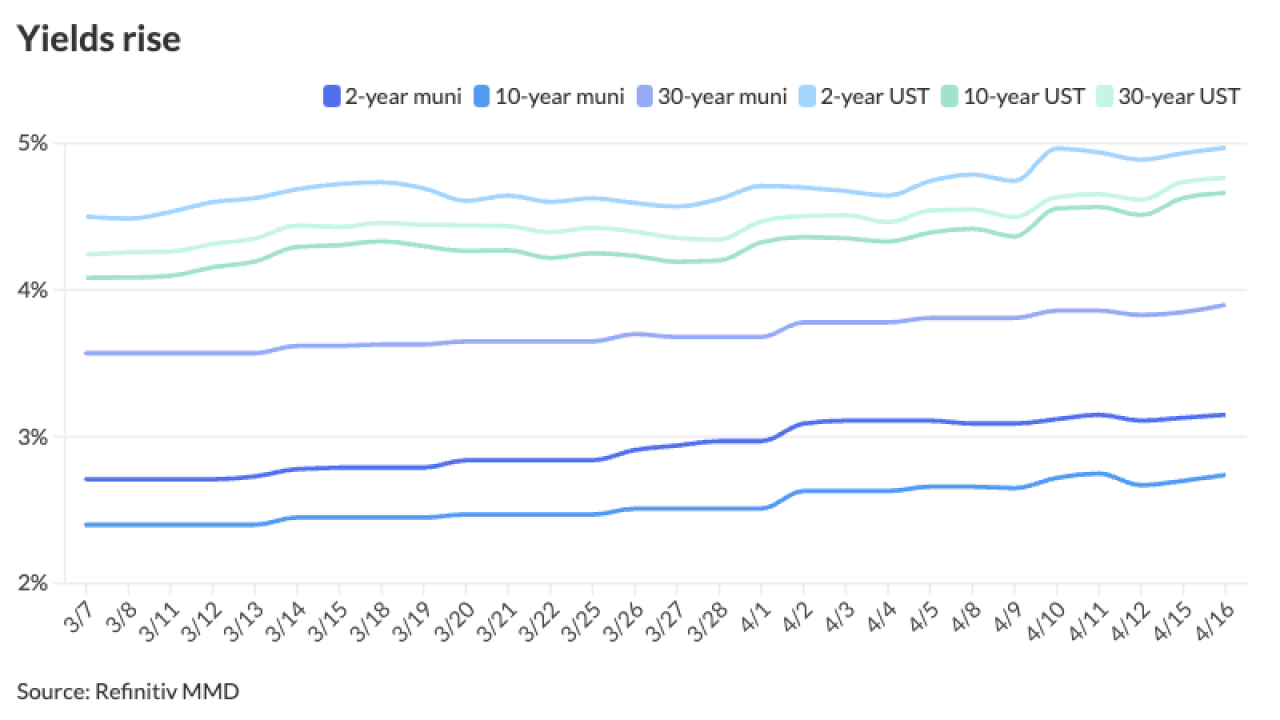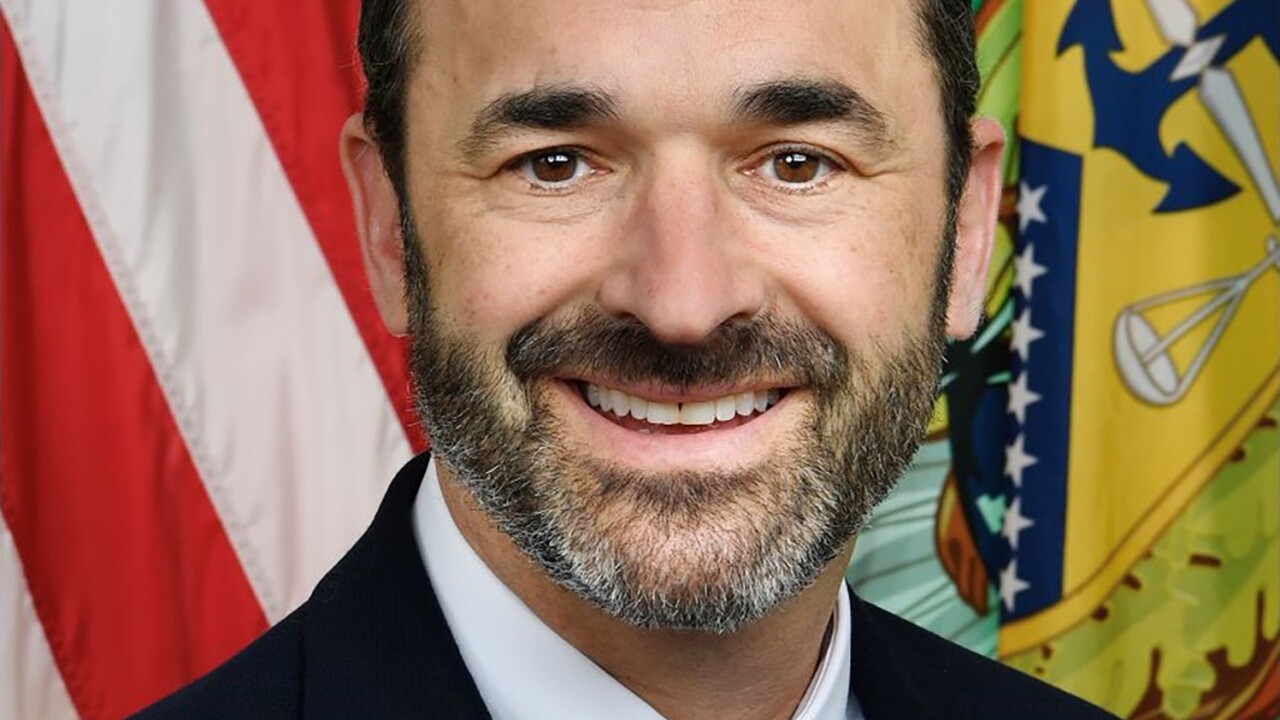The members of the Federal Open Market Committee believe current monetary policy should remain appropriate as long as data mirror the outlook, the minutes of the panel’s December meeting, released Friday, show.
“Participants regarded the current stance of monetary policy as likely to remain appropriate for a time as long as incoming information about the economy remained broadly consistent with the economic outlook,” the minutes say. “Of course, if developments emerged that led to a material reassessment of the outlook, the stance of policy would need to adjust in a way that fostered the Committee's dual-mandate objectives.”
Risks to the downside remain, but the panel determined they had eased recently.
The minutes suggest “the Fed is comfortable with its current monetary policy stance and expects it will not have to change rates for some time,” Mickey Levy, Berenberg Capital Markets' chief economist for the U.S. Americas and Asia, and U.S. Economist Roiana Reid, wrote in a note.
That would change if “weakness in manufacturing spills over to consumption, services and housing, and real GDP growth falls decidedly below the Fed’s estimate of longer-run potential growth (1.9%),” they said.
Other changes that would spur rated cuts, they said, would be “sustained declines in employment and increases in unemployment,” or if inflation drops below 1.5% along with lower expectation, or if the yield curve inverts and causes a “sharp equity market sell-off.”
By keeping rates steady, the FOMC would have “time to assess the full effects on the economy of its policy decisions and communications” from 2019 “along with other information bearing on the economic outlook,” the minutes note.
Another benefit of holding rates is they cushion “the economy from the global developments that have been weighing on economic activity and for returning inflation to the Committee's symmetric objective of 2%.”
And members were concerned by inflation consistently falling below 2%, although some members see “transitory” factors restraining inflation, “various participants were concerned that indicators were suggesting that the level of longer-term inflation expectations was too low.”
Other members expressed worry that low rates “might encourage excessive risk-taking, which could exacerbate imbalances in the financial sector.”
"The minutes read with far more concerns to a weakening outlook than one where the U.S. or global growth surprises materially to the upside," said Marvin Loh, senior Global Macro Strategist, State Street Global Markets. "For instance, there seems to be a general consensus that inflation will continue to fall short of the 2% target, and this is even with employment expected to remain stable near five decades low. The employment picture is not generating inflation concerns at the Fed with discussions that the unemployment rate can fall further without driving inflation higher and that the participation rate may increase, essentially affirming the flat Phillips curve."
Geopolitics suggest the Fed is "more apt to cut rates than to raise them in the immediate future," he said. "This nonetheless stands in contrast with the dots to a certain extent that shows no members expecting the need to cut rates in the next 3 years or the longer term."
Loh noted the markets are pricing in one cut this year, which "is appropriate from what we are seeing in the minutes."
Fedspeak, parts 2 and 3
Federal Reserve Bank of Richmond President Thomas Barkin, speaking in Baltimore, said that while “recession isn’t inevitable” the economy is in good shape and it would take “a shock” for one to begin.
“While there is always the risk of a shock, the Fed has done a lot to support the economy’s continued expansion and to provide buffers against the downside,” he told the audience according to prepared text released by the Fed.
Federal Reserve Bank of Chicago President Charles Evans, in a televised interview, called the economy “resilient,” and expects it to keep growing despite weakness in manufacturing and the tensions in the Middle East following the U.S. drone strike that killed Iranian General Qassem Soleimani.
ISM
The Institute for Supply Management PMI remained in contractionary territory in December, dropping to 47.2, its lowest level since June 2009, from 48.1 a month earlier. The new orders and production indexes also declined in December and still suggest contraction.
Excluding October, the PMI has declined every month since March, and has been below 50 for the past five months.
Economists polled by IFR Markets expected the index to rise to 49.0.
The ISM-New York Report on Business’ current business conditions index also fell into contractionary territory in December, hitting its lowest mark since May 2016, the group reported Friday. The index fell to 39.1 from 50.4 in November. It has been below 50 for five of the past eight months.
The six-month outlook index gained for the third month in a row, to 64.2 from 62.8.
Construction spending
Construction spending rose 0.6% in November, according to the Commerce Department, while the October decline (0.8%) was revised to show a 0.1% rise. Economists expected a 0.3% increase in November. The gain was aided by a 1.9% jump in residential construction.
Year-over-year construction spending rose 4.1%.





